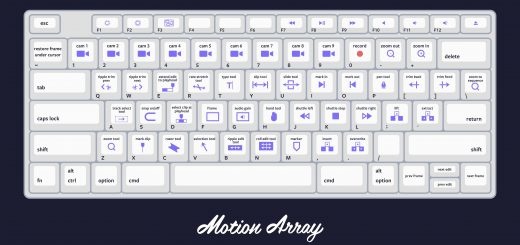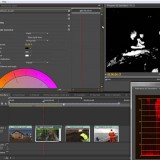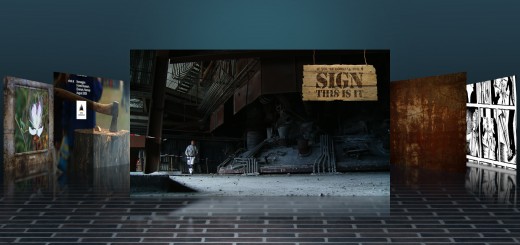Max Bit Depth and Max Render Quality in Premiere Pro
The Maximum Bit Depth and Maximum Render Quality choices are found in Sequence Settings and Export Settings. There is no thorough explanation of what they actually do, when they kick in, and how they affect the video quality—until now, that is.
These settings have a huge impact on the video quality, and they do much more than it seems at first glance. The way they work at different stages of the render pipeline is so complex that even Adobe’s own employees get it wrong, and it took almost two years to gather all the info I needed to write an article about these seemingly simple settings.
I wrote the article “The Ultimate Guide to Premiere Pro’s Render Quality and Bit Depth Settings” for frame.io, and I can almost guarantee that you’ll learn something new and be surprised! If you want the best possible video quality, it’s a must read. Read it here.
Maximum Bit Depth and Maximum Render Quality affect different formats in different ways. Since ProRes is a very common format, here’s a quick overview of how these settings affect ProRes.
Preserving ProRes Quality
- To always get full quality exports in ProRes (and other formats), enable both Max Bit Depth and Max Render Quality in Export Settings.
- None of the built-in export presets have these enabled.
- Unless you tick 16-bit under Depth in Export Settings, rendering before encoding ProRes will be done in 8-bit, resulting in banding and blocking.
None of the built-in Export presets have 16-bit Depth enabled. - Match Source, which most of the time means Match Sequence settings, does not match the Max Bit Depth and Max Render Quality settings in the sequence.
- To see full quality in the timeline, enable both Max Bit Depth and Max Render Quality in Sequence Settings.
If your system can handle it, also enable Hight Quality Playback in the Program Monitor Settings. - Rendering Previews in a sequence with ProRes Previews will use Max Bit Depth no matter what your sequence is set to.
Consequently, choosing Use Previews and using a default Export preset may result in two instances of the same clip with the same color correction—one rendered and one unrendered—looking different. - Smart Rendering allows untouched clips to pass through with all 10 bits intact, while clips you’ve color corrected will be 8-bit unless you enable 16-bit Depth in Export Settings.
This is clearly an area of Premiere Pro that really needs a huge overhaul, as it’s not possible for most users to get a predictable export.
TL/DR: To ensure high quality, always enable both these settings in your sequences and when you export. For formats that have a Depth setting on export, always tick 16-bit.
I recommend making Sequence Presets and Export Presets that have the correct settings, and not using the default ones.
Read the in-depth article on the frame.io blog to get all the nitty gritty, nerdy details.

























thank you dude :))))
Incredibly helpful. Thanks!
It’s really amazing
Ótima percepção do amigo!
Obrigado!